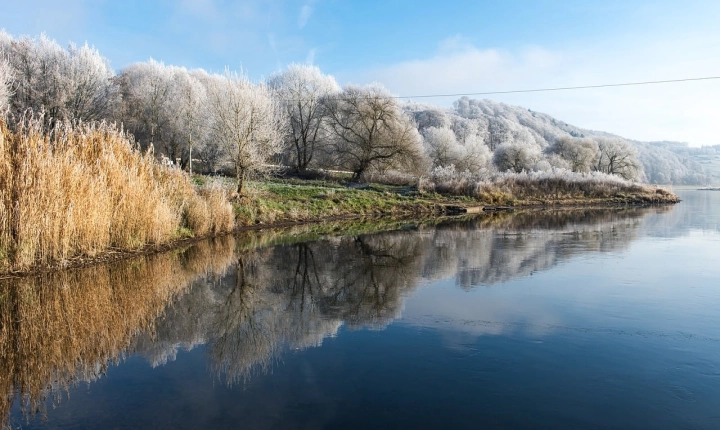Title: The Fascinating World of AI-Generated Images
The rapid advancement of artificial intelligence (AI) has brought about an extraordinary revolution in the way we create and interact with images. AI, with its machine learning algorithms, has the capability to generate stunning and realistic images that would be challenging to distinguish from those produced by human hands. This article delves into the exciting world of AI-generated images, exploring the methods and applications that have reshaped the creative landscape.
AI-generated images are products of deep learning algorithms, specifically generative adversarial networks (GANs) and variational autoencoders (VAEs). GANs consist of two neural networks – a generator and a discriminator – which work antagonistically to produce images that are increasingly realistic. The generator learns to create images from random noise, while the discriminator learns to differentiate between real and generated images. Through repeated interactions and improvements, GANs are capable of generating remarkably convincing images, such as lifelike portraits, landscapes, and even abstract art.
VAEs, on the other hand, learn to generate images by decoding the underlying distribution of the training data. By capturing the statistical properties of the input data, VAEs can generate novel and diverse images, offering a unique approach to image creation. These AI models enable users to explore a wide range of possibilities, from generating realistic photographs to surreal and imaginative visuals.
One of the most intriguing aspects of AI-generated images is their potential applications across various industries. In the field of design and art, AI serves as a powerful tool for generating novel concepts, providing endless inspiration for artists and designers. Moreover, AI-generated images have the potential to revolutionize content creation for marketing and advertising, enabling the rapid customization and iteration of visuals to cater to diverse target audiences.
AI-generated imagery has also found its place in the field of medical imaging, where it aids in the generation of synthetic images for training machine learning models. This has the potential to improve the accuracy and robustness of medical diagnostics, ultimately benefiting patient care.
In addition to these applications, AI-generated images have also sparked ethical and legal discussions, particularly surrounding issues of copyright and ownership. As AI algorithms become increasingly proficient at creating images that resemble the work of human artists, questions arise about the originality and ownership of AI-generated artworks. These conversations are crucial in defining the boundaries of creative expression and intellectual property rights in the digital age.
Furthermore, the rise of AI-generated images prompts us to reflect on the nature of creativity and the role of human intervention in the artistic process. While AI offers unprecedented capabilities for image generation, the human touch remains irreplaceable in infusing art with emotion, narrative, and cultural significance.
As we continue to witness the evolution of AI-generated images, it is clear that this technology holds immense potential to transform the way we create, consume, and relate to visual content. The collaboration between human creativity and AI ingenuity promises to enrich our creative endeavors and expand the boundaries of image-making, opening up new avenues for innovation and expression in the digital era.
